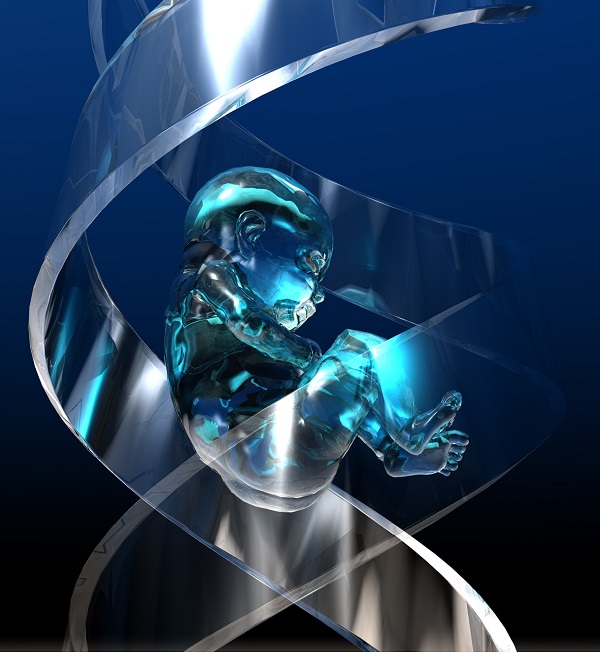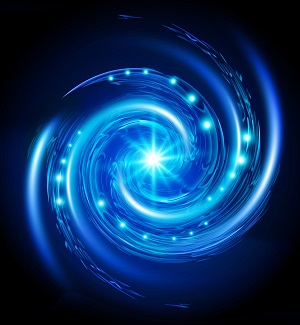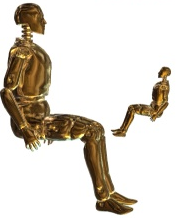13 Feb Yorrick: Seeds of Knowledge
A Wise Geek once said: “Knowledge acquisition typically refers to the process of acquiring, processing, understanding, and recalling information through one of a number of methods. This is often a field of study closely tied to cognition, memory, and the way in which human beings are able to understand the world around them.”
 Our exploration begins with the epistemology and acquisition of knowledge and conscious phenomena. For illustrative purposes, we begin this exploration with Yorrick, an average kid, starting with the dawning of consciousness – his first perceptual experiences while still in the womb. We then explore how these same principles can be used to teach MIPUS some basic information before moving into more complicated topics related to perception and consciousness.
Our exploration begins with the epistemology and acquisition of knowledge and conscious phenomena. For illustrative purposes, we begin this exploration with Yorrick, an average kid, starting with the dawning of consciousness – his first perceptual experiences while still in the womb. We then explore how these same principles can be used to teach MIPUS some basic information before moving into more complicated topics related to perception and consciousness.
Meet Yorrick
The story begins when Yorrick is a fetus. His systems are just beginning to develop. The first conscious phenomenon he experiences is motion. Being an accomplished horsewoman, his mom is quite active throughout her pregnancy, and it just so happens that shortly after Yorrick’s first spark of conscious perception, mom brings her mount to a gallop. The rising and falling motion that Yorrick feels is profoundly absorbed by the aqueous cocoon of the amniotic sac which is, itself, protected by mom’s active efforts to ride high in the stirrups. A passive buffer is also provided by the layers of tissue between the saddle and the womb.
| Understanding Context Cross-Reference |
|---|
| Click on these Links to other posts and glossary/bibliography references |
|
|
|
| Prior Post | Next Post |
| Conscious Phenomena | Remember Yorrick |
| Definitions | References |
| experience knowledge acquisition | Aristotle: Nichomachean Ethics |
| perception consciousness | Wise Geek |
| learning memory | Learning Styles Online |
Seeds of Knowledge
Since Yorrick has not yet rotated, his back bumps against mom’s pelvis on the downbeats. The impact does not, however, cause sensation because Yorrick has not yet developed tactile sensitivity. He just feels vague fluctuations in equilibrium. Yorrick falls asleep. In his first moment of consciousness he experienced only one thing: fluctuations in equilibrium. Once he has undergone many repetitions of similar conscious experiences, he begins to form an opinion. Motion is soothing – it puts him to sleep. He remembers this. It becomes the first seed of his acquired knowledge. What, if any, knowledge was pre-coded in his DNA, we have no way of knowing yet. But the innate mechanisms for learning and knowing begin to take shape and function early in a person’s development.

“Knowledge acquisition typically begins with the process of receiving or acquiring new information. This is usually done through visual, aural, and tactile signals that a person receives through his or her senses.” (Wise Geek). As Yorrick doesn’t have much else to think about, this is the entire occupation of his brain. That’s OK because his brain is not yet fully developed. As a fetus in the womb begins to respond to conscious sensations, it begins to acquire knowledge. Aristotle describes knowledge acquisition as the “intuitive reason that grasps the first principles” (Nichomachean Ethics, Book 6, Chapter 6). Yorrick’s early intuition tells him that gentle motion is soothing. As a result, his intuitive reasoning may later prompt him to buy a waterbed.
 In a figurative sense, the “seeds of knowledge” that represent what we know may be pictured as an interconnected mosaic of concepts, in which all the small individual fragments of knowledge are in some way connected to each other. If this is the case, the first thing learned will occupy a central spot at the core of our knowledge. Everything else we learn will be ultimately connected to that original fragment of knowledge (and vice versa).
In a figurative sense, the “seeds of knowledge” that represent what we know may be pictured as an interconnected mosaic of concepts, in which all the small individual fragments of knowledge are in some way connected to each other. If this is the case, the first thing learned will occupy a central spot at the core of our knowledge. Everything else we learn will be ultimately connected to that original fragment of knowledge (and vice versa).
The seed of knowledge resembles the seed of a tree in that knowledge grows out of it. It also resembles seeding a cloud to catalyze rain, in that acquisition of knowledge does not begin until the first learned experience. If knowledge is stored implicitly in the entire network of neurons in the brain, the seeds will be the foundation; if not, the center. If, as we now conclude, specific neurons and clusters of neurons store specific knowledge, many connections will radiate from the concepts we learn earliest and the concepts that are most frequently reinforced and those bound to other concepts. I think both the implicit and explicit models are useful in looking at knowledge , learning and memory.
Tactile Acquisition
After movement, the next conscious phenomenon Yorrick experiences is tactile sensation. Occasionally, he feels a dull sensation somewhere on his body that is different from the motion sense. He already knows about the soothing effect of the equilibrium fluctuations that accompany motion, and there is a linkage between that and the new sensation that Yorrick notices after many repetitions. The times when he is most aware of fluctuations in his equilibrium are the times when this new sensation is often triggered.
As he is just an immobile ball of developing systems, Yorrick’s sense of BODY is wholly amorphous. He does not associate the sensation with any locus on his body. He only associates this new stimulus with motion because it feels strangely similar and its occurrences coincide. After several more repetitions of the tactile phenomenon, Yorrick decides that it is good: it, too, helps him fall asleep.
Although the tactile sense does not get as much press as the visual and auditory senses, it should not be discounted nor omitted from a cybernetic model. It is often said that we think in images. Logical reasoning may be profoundly visual, but we need to remember that emotional reasoning is profoundly tactile. For some, tactile learning remains profoundly important throughout their lives: “If the physical style is more like you, it’s likely that you use your body and sense of touch to learn about the world around you. It’s likely you like sports and exercise, and other physical activities such as gardening or woodworking. You like to think out issues, ideas and problems while you exercise. You would rather go for a run or walk if something is bothering you, rather than sitting at home. You are more sensitive to the physical world around you. You notice and appreciate textures, for example in clothes or furniture. You like ‘getting your hands dirty,’ or making models, or working out jigsaws” (Learning Styles Online).
 The range of stimuli humans are able to sense is tremendous. With our tactile sense, we can identify or distinguish stimuli representing pressure, temperature and texture. This acuity enables us to do fine handiwork as well as heavy lifting. The tactile sense is the source of our greatest pleasure and our most severe pain although most of our tactile learning occurs early in life.
The range of stimuli humans are able to sense is tremendous. With our tactile sense, we can identify or distinguish stimuli representing pressure, temperature and texture. This acuity enables us to do fine handiwork as well as heavy lifting. The tactile sense is the source of our greatest pleasure and our most severe pain although most of our tactile learning occurs early in life.
“Sensitivity” has both negative and positive connotations. Whether the connotations are good, bad or indifferent, sensitivity can be a thinking person’s greatest asset. Would the same be so for a robot or intelligent device? We’ll address that later, but for now, suffice it to say that, if this analysis of fetal development is correct, then sensory perception may be the foundation of all human knowledge.
| Click below to look in each Understanding Context section |
|---|








